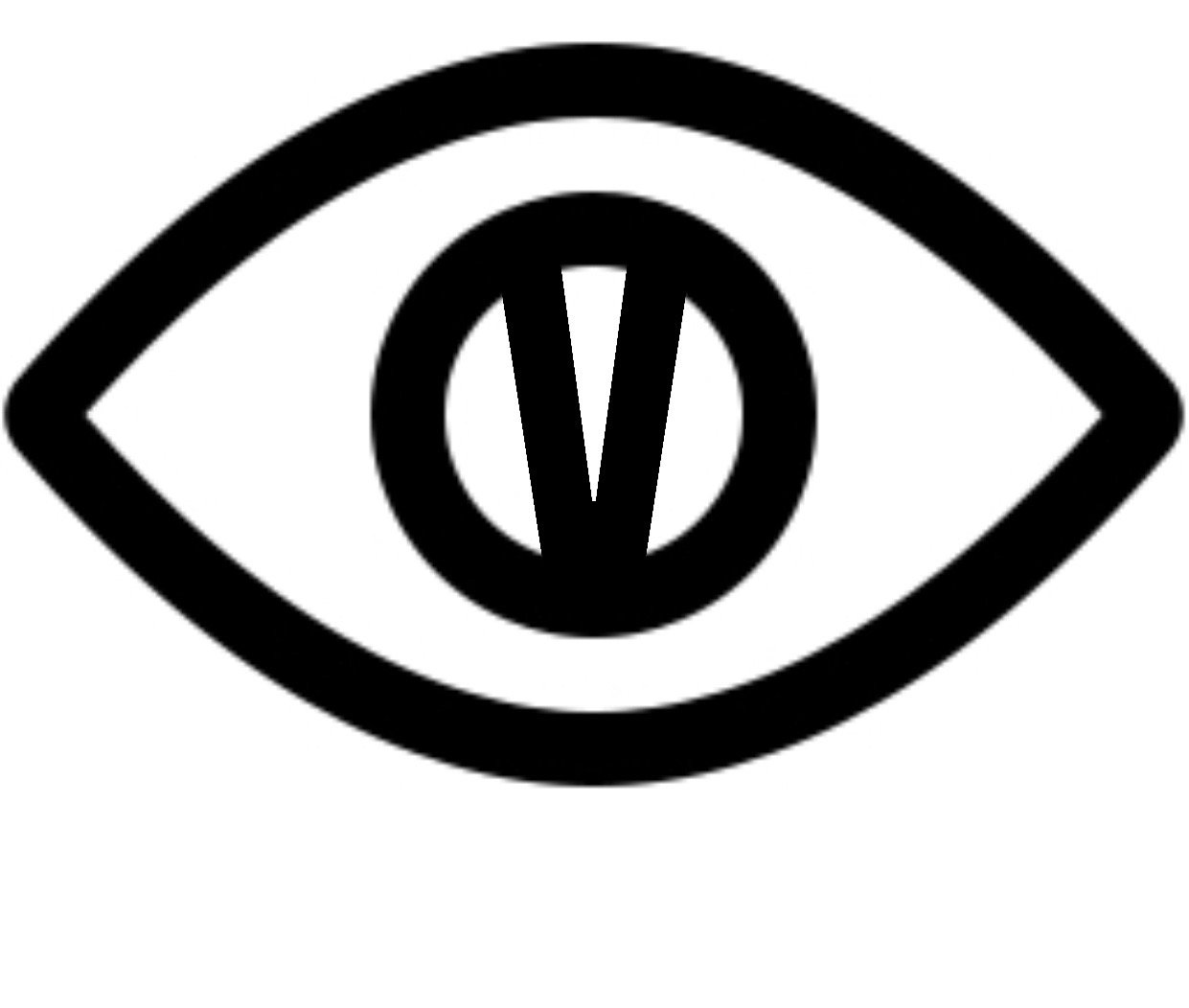Polish Canadian artist James Verbicky was born in 1973 and lived the majority of his early life in British Columbia before immigrating to the United States in the early 2000s. He struggled with legal status for many years before finally being awarded the ‘Extraordinary Ability’ Green card due to his extensive involvement with a wide range of museums, galleries, publications, nonprofit organizations, and philanthropic endeavors. In 2008, his work was selected for a 110 year-old juried exhibition at the Musée du Louvre with the Société Nationale des Beaux-Arts.
Shortly after his exhibition in Paris and finding inspiration and materials in the form of vintage magazines among the vendors along the Seine, Verbicky created the Media Paintings. These complex and sculptural mixed media artworks became vessels for communicating about a society oversaturated by media and allowed Verbicky, as a visual language manipulator, to move beyond deconstruction alone create his own new, abstract visual language. By utilizing and reconstructing rare historical content, including both obsolete and persisting brands and advertisements, as well as vintage graphics, Verbicky has built an enormous oeuvre of densely layered and unique compositions that ensnare the viewer by engaging the natural human proclivity to find order in chaos, to sort and assign meaning as a way to navigate the world. In this process, he reminds the viewer that they are constantly being influenced.
In 2014, Verbicky reexamined paint on canvas with the ERA and Bhavanga series, transcending the barriers of paper collage with bands of hand-painted canvas, enamel script, classical imagery from esoteric texts and heightened textures using crystallina and concrete. In 2019, Verbicky launched the BRAINSCAN series, which he calls Alternative Portraiture. Massive abstract artworks that seek to define and interpret both the physical organ of the brain while using color and form to depict the more elusive states of human consciousness, BRAINSCAN shows us what our thoughts look like while operating under the influence of narcotics, chemicals, and emotional states. Also in 2019, Verbicky launched the Peace Portal series after the flagship piece was auctioned by the Chairman of the Board of the Louvre, Becca Cason Thrash, with all funds to support the restoration of Cathédrale Notre-Dame de Paris after the devastating fire caused severe damage to the iconic structure. “In this small way I can repay Paris for the inspiration she has given me and my work.”
In 2020, Verbicky expanded his work further still into the realm of installation art with his creation ‘What is Reality’. Transforming a 1966 decommissioned military vehicle into a controversial art piece painted with symbols, graphics and the names of hundreds of gods spanning across all cultures, Verbicky illegally installed his piece in front of the Los Angeles City Hall building at the height of the social unrest as protestors faced off against the National Guard. A commentary on the chaotic nature of 2020 and the search for meaning, normalcy, and answers in the face of a world turned upside down, ‘What is Reality’ asks the same questions we are asking ourselves during this tumultuous time, whilst simultaneously advancing themes that Verbicky has tackled for years: how is the world shaping our views, and what do you see when you look inside yourself?
Verbicky collaborates frequently with philanthropic organizations, using his artwork to contribute to nonprofits like the Waterkeeper Alliance and the Art of Elysium. He has been the focus of international exhibitions ranging from Berlin to Bangkok, Beirut to New York City, Boston, Washington D.C., and Los Angeles. His pieces have been auctioned by Sothebys & Christie’s, and are counted in thousands of important private, public, celebrity and museum collections in countries all over the world.
Verbicky works and lives with his wife and three children in Southern California.

